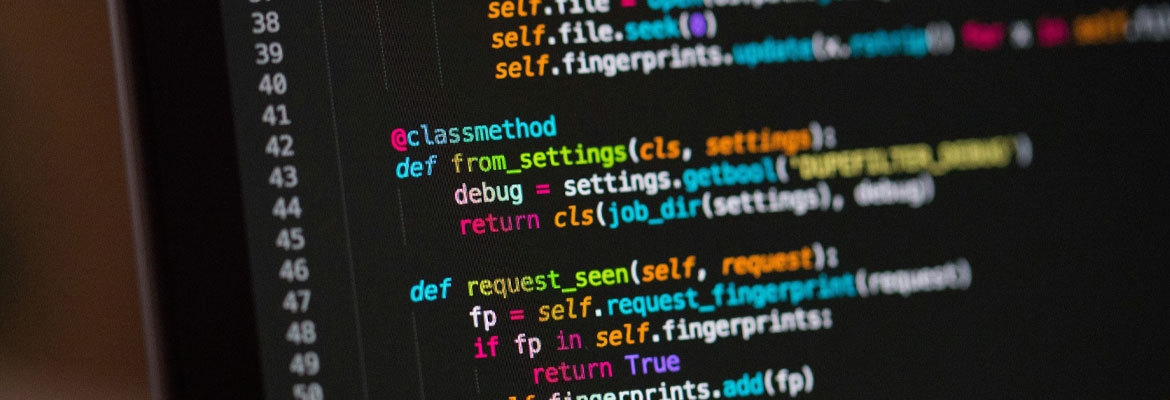Last week, on February 20, many IT professionals, software developers and tech enthusiasts around the world commemorated a special occasion: the birthday of Python. It is one of the most popular programming languages that has shaped the tech landscape for three decades now. But why is Python so popular? Well, let us just say it is not all about the snake logo (though that is a good reason).
In this article, we will delve into the heart of the language and reveal the top 5 most interesting facts about it. If you are intrigued, continue reading:
1. Python is named after a TV sketch series
It is interesting to note that Python was created by Guido van Rossum, a Dutch programmer and mathematician, and released on February 20, 1991. While you may be familiar with the python as one of the world's longest snakes, the name of the programming language's comes from an old BBC comedy television series called “Monty Python’s Flying Circus”. The creator wanted to give his language a name that was "unique, mysterious and short". However, most people still associate the language not with the comedy show, but with the reptile. This common belief is reinforeced by the usage of snakes in the language’s logo, designed by Guido's brother, Joost van Rossum.
2. Python was created as a hobby project
Believe it or not, Guido van Rossum started working on Python in 1989 because his office was closed for the Christmas break and he was feeling bored at home. At the time, Guido was working at the Centrum Wiskunde & Informatica (CWI) in the Netherlands. At CWI he was using the ABC programming language but found that it was lacking in some aspects. So, he decided to create a language that would be user-friendly and would fix the issues he had found in ABC. Guido drew inspiration from various programming languages, but he also gave life to his own ideas and took into account his personal preferences.
3. Python is a cross-platform language
Python is a cross-platform language, which means it can run on a variety of operating systems without requiring any modification. This versatility makes development easier and ensures consistent performance across multiple platforms, including Windows, macOS, and Linux.
Additionally, Python is an open-source language, which means it is free and available for everybody to use for any purpose. Everyone in the community can contribute to the development of the language.
4. Python has its own Zen philosophy
“The Zen of Python” is a set of "19 guiding principles" for writing programs that influence the design of the Python language. The code that implements these concepts is known as "Pythonic".
Tim Peters, a software engineer, wrote and published this collection in 1999. Peters' list left open a 20th principle "to be filled in by Guido", referring to the language's original author. Everyone can read „The Zen of Python“ by entering the command "import this" in the program interpreter.

5. Python is used by many large companies
Many industries and well-known companies use Python in their products and services to analyze data, build machine learning models and program software, including:
- NASA
- Netflix
- Spotify
- Udemy
- Shutterstock
- Amazon
- Mozilla
- Dropbox
- Youtube
If you're looking to advance your career in software development, data science or machine learning and are familiar with Python, check out our open positions and apply.

